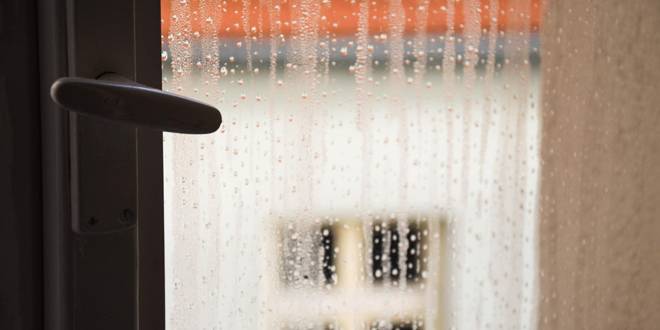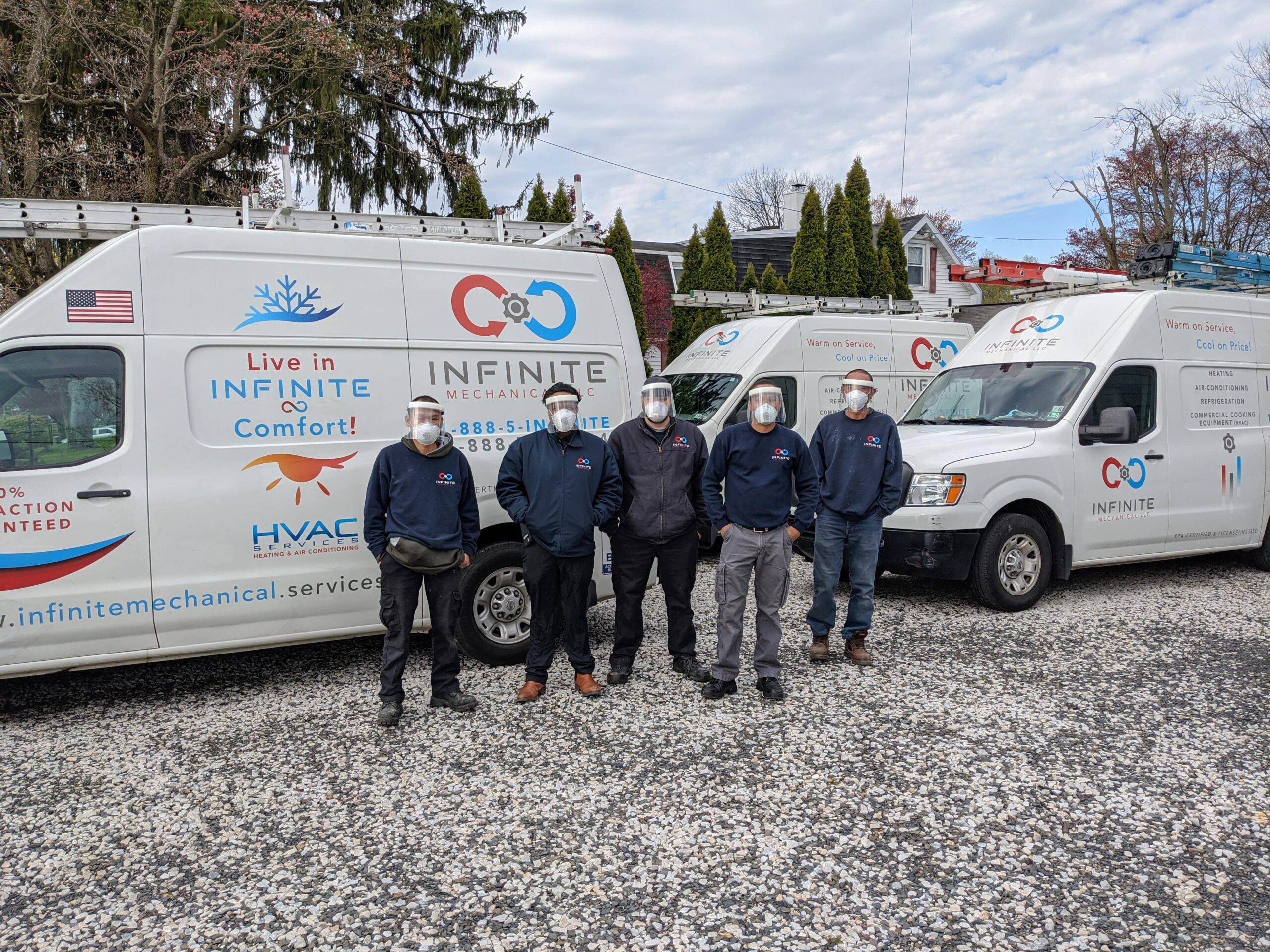
Are you struggling to find the perfect balance of humidity in your home or business? Join us on a quest to discover the ideal humidity level for ultimate comfort and health. In this blog, we’ll explore the importance of humidity control and provide tips for achieving the Goldilocks zone in Horsham, PA.
Why Humidity Matters
Humidity refers to the amount of moisture present in the air, and it plays a significant role in our overall comfort and well-being. Here’s why humidity levels are crucial:

Comfort:
The right humidity level can significantly impact how comfortable we feel indoors. High humidity can make the air feel heavy and sticky, while low humidity can make it feel dry and uncomfortable.
Health:
Both high and low humidity levels can have adverse effects on our health. High humidity creates a breeding ground for mold, mildew, and dust mites, which can trigger allergies and respiratory issues. Low humidity can cause dry skin, irritated nasal passages, and increased susceptibility to colds and viruses.
Home Preservation:
Humidity levels can also affect the condition of your home. High humidity can lead to mold growth, musty odors, and damage to wood furniture and fixtures. Low humidity can cause wood to shrink and crack.
Energy Efficiency:
Humidity levels can impact the efficiency of your HVAC system. High humidity makes your air conditioner work harder to remove moisture from the air, leading to higher energy bills. Low humidity can also affect the efficiency of your heating system.
Electronics and Furniture:
Excess moisture from high humidity can damage electronics and cause wooden furniture to warp. Low humidity can create static electricity, which can damage electronic devices.
Finding the right balance of humidity is essential for creating a comfortable and healthy indoor environment. A relative humidity level between 30% and 50% is generally considered ideal for most indoor spaces. Using a hygrometer can help you monitor humidity levels and make adjustments as needed to maintain optimal comfort and health.
The Ideal Humidity Level
The ideal humidity level for most indoor spaces falls between 30% and 50%. This range is often referred to as the Goldilocks zone because it’s just right – not too high and not too low. Within this range, you can experience optimal comfort and health benefits.

Effects of High Humidity
High humidity levels can have a range of negative effects on both your health and your home. Here’s a closer look at how high humidity can impact your indoor environment:
Mold and Mildew Growth:
High humidity creates the perfect environment for mold and mildew to thrive. These fungi can grow on walls, ceilings, and other surfaces, leading to unsightly stains and musty odors. Mold and mildew can also trigger allergies and respiratory issues in sensitive individuals.
Dust Mites:
Dust mites are microscopic insects that feed on dead skin cells and thrive in humid environments. High humidity levels can increase dust mite populations, leading to allergic reactions and asthma symptoms in some people.
Stuffy and Uncomfortable Air:
High humidity can make the air feel heavy and oppressive, making it difficult to breathe and causing discomfort. This can be particularly problematic in bedrooms and living areas where you spend a lot of time.
Condensation:
Excess moisture in the air can lead to condensation on windows, walls, and other surfaces. This can promote the growth of mold and mildew and cause damage to paint, wallpaper, and wood surfaces.
Increased Energy Costs:
High humidity can make your air conditioner work harder to remove moisture from the air, leading to increased energy consumption and higher utility bills.
To combat high humidity, it’s essential to use a dehumidifier to remove excess moisture from the air. Dehumidifiers are designed to reduce humidity levels and create a more comfortable indoor environment. Additionally, ensuring proper ventilation in your home and addressing any leaks or water damage promptly can help prevent high humidity levels and the associated problems.
Effects of Low Humidity
Low humidity levels can have a range of negative effects on both your health and your home. Here’s a closer look at how low humidity can impact your indoor environment:
Dry Skin and Irritated Nasal Passages:
Low humidity can cause the skin to lose moisture, leading to dryness, itching, and flaking. It can also dry out the mucous membranes in the nose, making you more susceptible to nosebleeds and respiratory infections.
Increased Susceptibility to Colds and Viruses:
Dry air can make it easier for viruses to survive and spread, increasing your risk of catching a cold or the flu. It can also worsen symptoms if you’re already sick.
Static Electricity:
Low humidity can lead to an increase in static electricity, which can be annoying and potentially damaging to electronic devices.
Damage to Wood Furniture and Musical Instruments:
Wood is sensitive to changes in humidity, and low humidity can cause it to shrink and crack. This can damage wooden furniture, flooring, and musical instruments.
Discomfort:
Low humidity can make the air feel colder than it actually is, leading to discomfort and the need to use more heating to stay warm.
To increase humidity levels, consider using a humidifier to add moisture to the air. Humidifiers are available in different types, including evaporative, ultrasonic, and steam vaporizers, and can help maintain a comfortable humidity level in your home. Additionally, using houseplants and avoiding activities that can dry out the air, such as using a clothes dryer indoors, can help increase humidity levels naturally.
Tips for Achieving the Ideal Humidity Level

Use a Hygrometer:
A hygrometer is a useful tool for measuring the humidity levels in your home. By monitoring the humidity regularly, you can adjust your efforts to maintain the ideal range between 30% and 50%.
Ventilation:
Proper ventilation is crucial for controlling humidity levels. Ensure that your home is adequately ventilated by using exhaust fans in bathrooms and kitchens to remove excess moisture. Opening windows and using ceiling fans can also help improve air circulation.
Air Conditioning:
Your air conditioning system can help control humidity levels by removing moisture from the air as it cools. Make sure your AC unit is properly sized for your space to maximize efficiency. Consider upgrading to a more energy-efficient model if your current system is old or inefficient.
Seal Leaks:
Inspect your home for any leaks or gaps where moisture can enter. Common areas for leaks include around windows and doors, as well as in the attic and basement. Use caulking or weatherstripping to seal these areas and prevent humidity from creeping in.
Use Houseplants:
Certain houseplants can help regulate humidity levels by absorbing excess moisture. Plants like peace lilies, Boston ferns, and spider plants are known for their ability to improve indoor air quality and maintain a healthy humidity level. Place these plants strategically throughout your home to reap their benefits.
Achieving the ideal humidity level is key to creating a comfortable and healthy indoor environment. By following these tips, you can find your Goldilocks zone and enjoy optimal comfort all year round.
Ready to achieve the perfect balance of indoor humidity levels in your home or business? Contact Infinite Mechanical for expert advice on indoor humidity control solutions! We also offer heating and cooling installation, repair, and maintenance. Our team is here to help you find your Goldilocks zone and create a comfortable indoor environment. 🌿💧 #ComfortZone #InfiniteComfort




